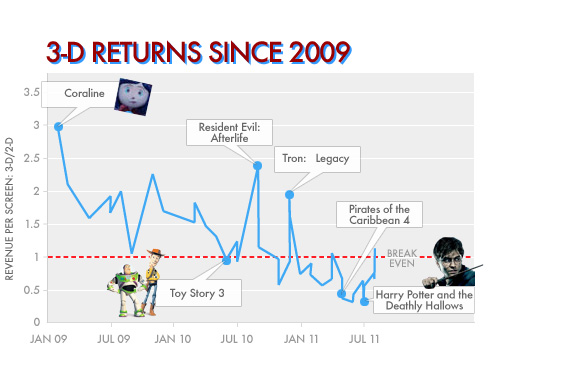What you may ask, has a notorious Islamic fundamentalist group have in common with little green men from outer space and the US filmmaking industry? And why has there been a huge surge in the number of alien invasion movies over the past decade, the likes of which we have not seen for over 50 years? Well, to find the answer, we have to go back to the Cold War period of the 1950’s and 60’s.
This was an era when Soviet Communism threatened to destabilise and destroy the governments of the west. Short and long range Intercontinental Ballistic missiles with Nuclear tipped warheads were aimed at the large cities of the opposing enemies and the imminent threat of nuclear obliteration was indeed very real.
It was within this back drop of mutual self destruction that the type of films coming out of Hollywood changed. Films such as ‘The Wizard of Oz’, ‘Singing in the Rain’ and ‘Gone with the Wind’, gave way to ‘Earth verses the flying Saucers’, ‘War of the Worlds’ and ‘It came from Outer Space’. These however represented only the tip of the iceberg.
The fear of a Russian invasion was very real and it was these fears that were translated on to the big screen, thus invading Aliens had became a potent metaphor for the Marxist/Communist threat, seen as undermining the American way of life.
This then brings us to the post 911 era and the constant threat from international terrorism. The indelible images of the destruction of the Twin Towers will remain scorched in the American psyche for a very long time to come. And along with the rigid dogma of fundamentalist Islam, came a new plethora of Alien invasion movies, that tapped in to the fears of the American public, Indeed, in Spielbergs War of the Worlds (2008) there was a sequence involving the first attack by the martians. The survivors, including the main protagonist played by Tom Cruise, are left covered in grey soot. Spielberg admitted that this was a conscious decision to draw parallels with the fateful events of September 11th 2001 where survivors were seen covered in grey soot caused by the collapse of the World Trade Centre buildings.
Cloverfield (2008) was another film influenced heavily by the news footage of the 2001 attacks. An unknown creature attacks New York city and again the resultant carnage depicts buildings collapsing, and people wandering around aimlessly, covered in grey soot.
Films such as Signs(2002), Dreamcatcher(2003), Transformers(2007), Monsters(2010), Skyline(2010) and Battle LA(2011), are all symptomanious of how the political and psychological climate of the times has influenced the output of Holllywood and as someone who is partial to a good alien invasion movie, one can argue that this is at least one positive that has come out of these unfortunate set of political circumstances.


